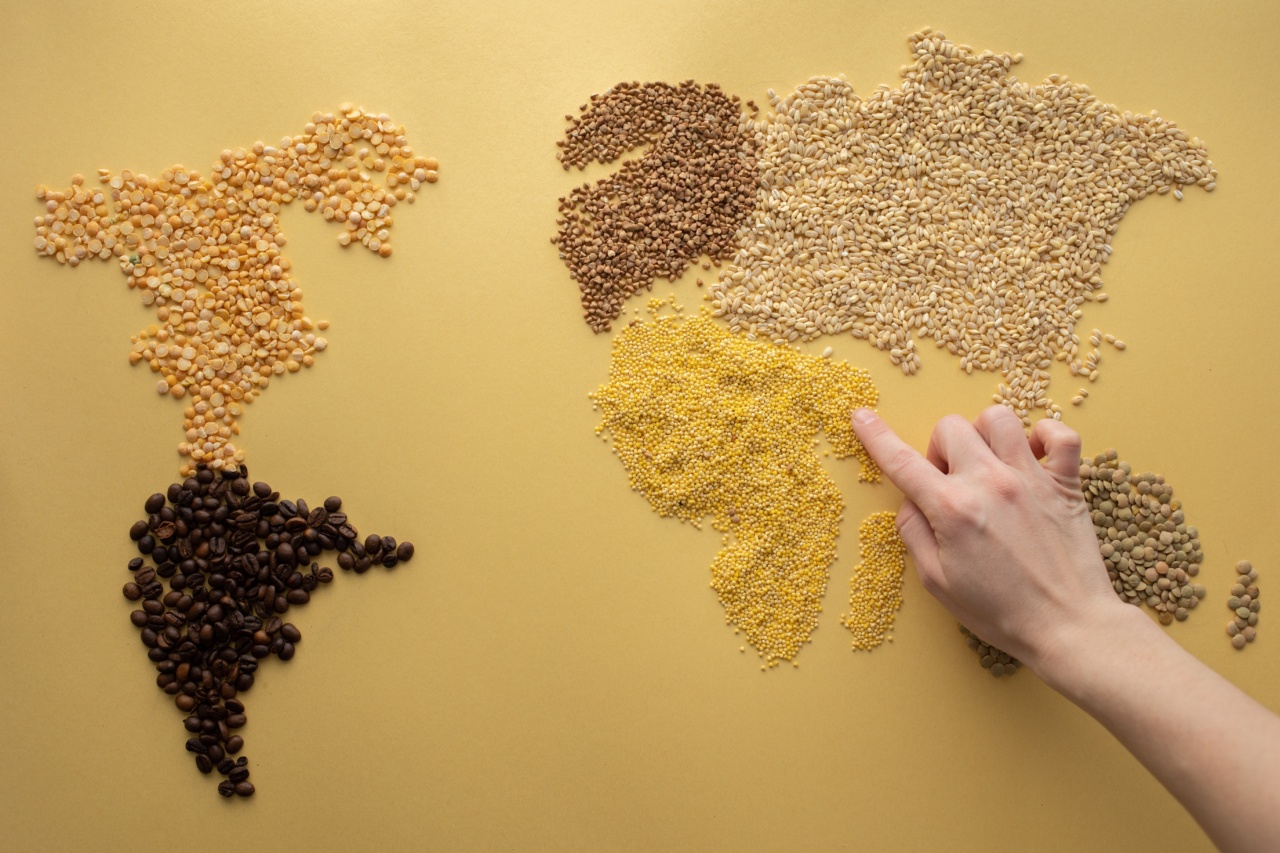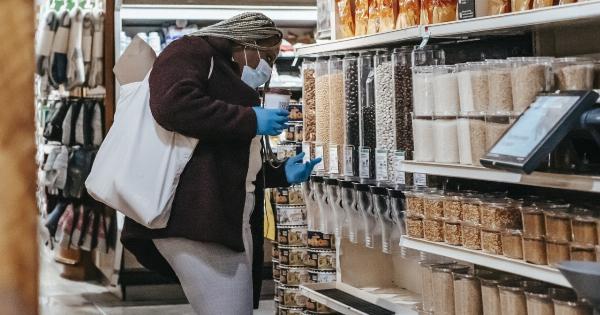Food safety is an essential aspect of our lives. It is crucial to ensure that the food we eat is safe and free from contamination. With the increasing global population and climate change, food safety has become even more critical.
In this article, we will provide you with food safety tips for a healthy world.
1. Wash Your Hands Before Preparing or Eating Food
One of the essential food safety tips is washing your hands before preparing or eating food. Hands are the most common carriers of germs, bacteria, and viruses that can cause foodborne illnesses.
Make sure that you wash your hands with soap and warm water for at least 20 seconds before handling food. This simple practice can prevent the spread of foodborne diseases.
2. Clean Your Kitchen and Utensils
A clean kitchen and utensils are crucial for food safety. Make sure that your kitchen counters, utensils, and cutting boards are clean before preparing food. Use hot soapy water or a dishwasher to clean them.
Also, make sure to sanitize your kitchen surfaces regularly with a disinfectant to kill bacteria and viruses that may be lurking on your surfaces.
3. Keep Hot Foods Hot and Cold Foods Cold
When it comes to food safety, it is crucial to keep hot foods hot and cold foods cold. Bacteria and viruses thrive in warm temperatures, so make sure that hot foods are cooked to the correct temperature and kept hot until serving.
Similarly, keep cold foods at their proper temperature to prevent bacteria growth. Use a refrigerator to store your food at 40°F or below and a freezer at 0°F or below.
4. Wash Fruits and Vegetables
Fruits and vegetables are essential to a healthy diet, but they can also be a source of contamination. To prevent foodborne illnesses, wash your fruits and vegetables thoroughly before eating or cooking them.
Scrub them with a clean brush or use a vegetable wash to remove any bacteria, viruses, or dirt that may be on the surface.
5. Cook Foods to the Right Temperature
Cooking food to the right temperature is essential for food safety. Make sure that you use a food thermometer to check the internal temperature of the food. Different foods have different temperature requirements.
For example, cook beef to a minimum temperature of 145°F, poultry to 165°F, and fish to 145°F. Cooking food to the right temperature will kill any bacteria or viruses that may be present, reducing the risk of foodborne illness.
6. Practice Safe Food Handling and Storage
Safe food handling and storage are essential for food safety. Make sure that you store your food properly in the refrigerator or freezer in airtight containers or plastic wrap.
Also, keep raw meats separate from cooked foods to prevent cross-contamination. When storing leftovers, cool them down quickly before storing them in the refrigerator or freezer to prevent bacteria growth. Reheat leftovers to the proper temperature before consuming.
7. Avoid Cross-Contamination
Cross-contamination can occur when bacteria from one food item spread to another. To avoid cross-contamination, make sure that you wash your hands and clean your utensils and cutting boards after handling raw meat, poultry, or seafood.
Also, keep these items separate from other foods during preparation and storage. Use different cutting boards and utensils for raw meats and other food items.
8. Be Careful with Leftovers
Leftovers are a great way to save time and money, but they can also be a source of contamination. Make sure that you cool leftovers quickly and store them in airtight containers in the refrigerator or freezer.
Use leftovers within three to four days or freeze them for later use. When reheating leftovers, make sure that you heat them to the proper temperature to kill any bacteria that may be present.
9. Be Mindful of Food Allergies
Food allergies can be life-threatening, so it is essential to be mindful of them. Make sure that you read food labels carefully to identify any allergens that may be present.
Also, when eating out, ask the restaurant staff about the ingredients and preparation methods they use. When preparing food at home, keep allergens separate from other foods to avoid cross-contamination.
10. Keep Pets Away from Food Preparation Areas
Pets can carry bacteria and other contaminants, which can make their way into your food supply. Make sure that you keep your pets away from food preparation areas. Also, store pet food in a separate area to prevent cross-contamination.
Conclusion
Food safety is essential for a healthy world. By following these food safety tips, you can reduce the risk of foodborne illness and ensure that the food you eat is safe and healthy.
Remember to wash your hands, clean your kitchen, keep hot foods hot and cold foods cold, and practice safe food handling and storage. By doing so, you can enjoy your meals without worrying about food safety.






























